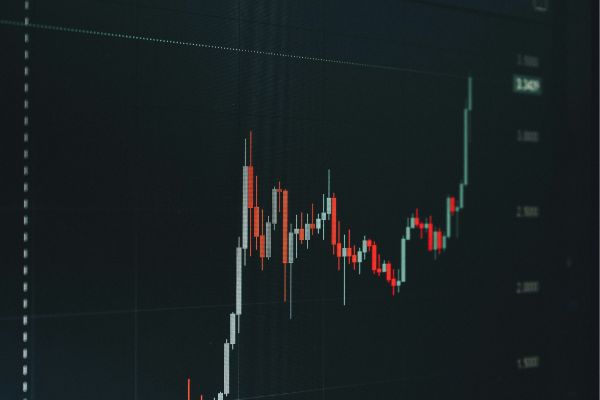RBC have issued a five year note in the US market linked to the RBC Global Tactical Equity Total Return Index. The main interest in this product is the choice of underlying asset, a proprietary index developed by RBC. The note itself is delivered as a “delta-one” i.e. the investor gets linear exposure to the index performance itself with no capital protection. Economically therefore it is similar to investing in an ETF which are by design instruments that access indices, whether market capitalisation indices or more complex algorithmic strategies.
The tactical methodology
The RBC index is itself comprised of four sub-indices each with the “Tactical” methodology. Each sub-index and the parent index are calculated by an independent index calculation company. This is as required by the Benchmarks Regulation that are now in force worldwide to ensure proper index governance and no conflict of interest between index construction and funds that are linked to it.
The four sub-indices represent US large and small capitalisation stocks, as well as established markets and emerging markets. Each sub-index is calculated independently and itself references the ETFs of four well-known market capitalisation indices. These are the S&P-500, Russell 2000, MSCI EAFE and MSCI Emerging Markets. Thus this product has three layers, from the bottom up, index ETFs, the tactical algorithm and finally the global blend. All ETFs that the index references are very liquid, indeed the SPDR S&P-500 ETF has the largest AUM of any ETF worldwide.
Investment rationale
The main rationale of the index is to aim for better performance (certainly on a risk adjusted basis) by use of the “tactical trigger” mechanism. The trigger works in a similar way for each of the four sub-indices. The reference ETF (e.g. the S&P-500 SPDR ETF) is monitored and on a monthly basis the current level of the index is compared against a simple moving average of the ETF over a previous period. The S&P component (which makes up 50% of the overall index) uses a 200 trading day moving average which equate to approximately 9.5 months. The other three components use a 100 trading day moving average. If the current level of the ETF is higher than the moving average, then the index is invested fully in the ETF, and if not it is invested in cash until the next monthly evaluation. The index is trying to capture rising markets and avoid falling ones.
Such simple signal algorithms have been used by traders for decades and form the basis of momentum investing. However as backtesting shows, this popular strategy does not have any strong claim to significant outperformance of the parent ETF. For the last 17 years (going back as far as possible on the ETF), the average growth in the ETF over different short periods (50, 100 and 200 days) was almost identical whether or not the current ETF value was higher than the moving average which would be the determinant for being invested. This shows that the main mechanism of choosing whether to be invested in the market has no real predictive power.
Falling markets
Since the strategy will be in cash if the ETF is falling it is clear that the volatility of the strategy is lower than being fully invested in the ETF at all times. The published US tactical trigger version of this index goes back 11 years, and in that time has a volatility of 12.5%, compared to the volatility of the ETF of 15.0%. In that period the US market has predominantly been on a bull market therefore the tactical trigger index performance is also somewhat lower due to times of disinvestment an average of 10% p.a. against 11.4% p.a.. The Sharpe ratios of the two indices are almost identical, which is consistent with the finding that the strategy does not provide obvious outperformance.
The note itself has an initial commission and distribution cost of 3% which is quite high for the US market. This results in an initial loss of the note’s secondary value of this amount. The annual fee of the index is 0.65% plus implicitly the funding level of the bank since the note bears credit risk but this is not passed on the investor.
The note has a five year term although the strategy itself can be run over any time horizon. It is up to investors to judge whether a global mix of ETFs operated under the trigger strategy suits their investment view, opinion of market dynamics and risk profile.
Tags: Algorithms Investment









